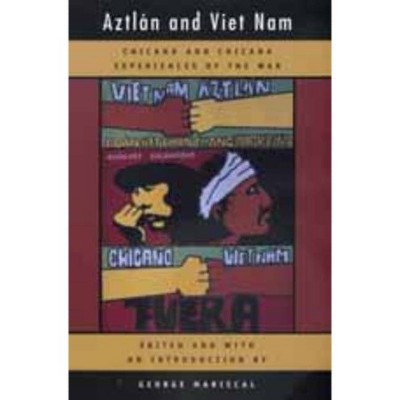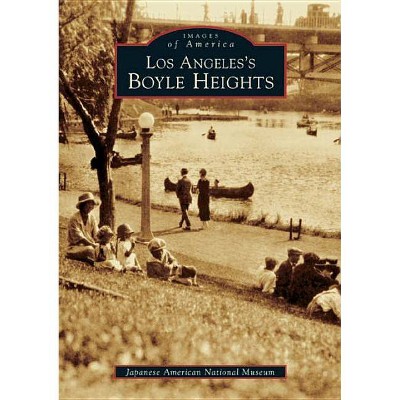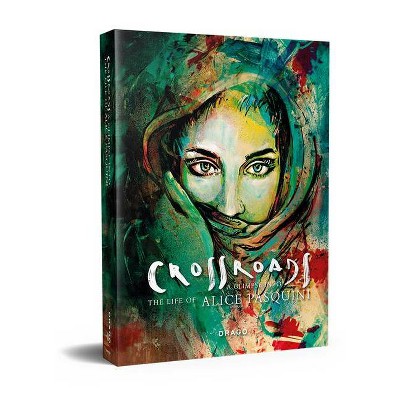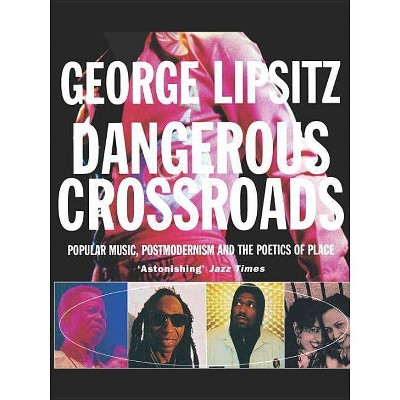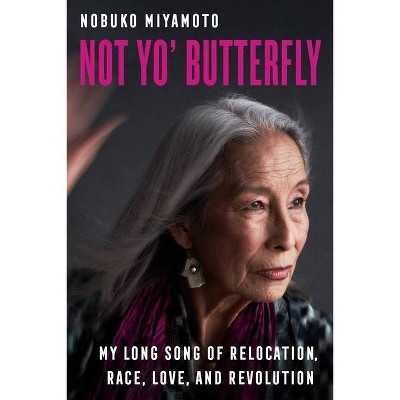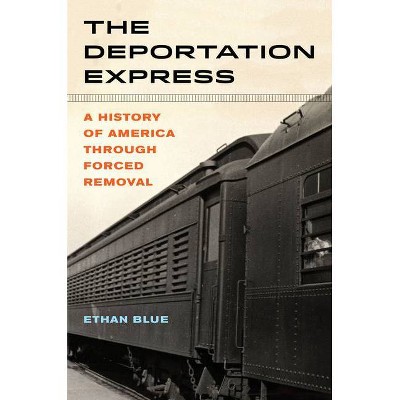Boyle Heights, 59 - (American Crossroads) by George J Sánchez (Hardcover)
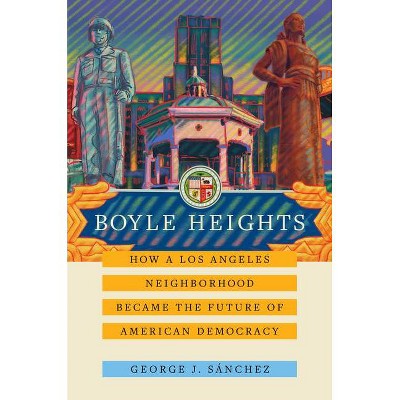
Similar Products
Products of same category from the store
AllProduct info
<p/><br></br><p><b> About the Book </b></p></br></br>"This is a history of a Los Angeles community that represents cross-cultural possibility in America's future. The history of Boyle Heights tells an important story of neighborhood strength because of its diversity and a constant stream of newcomers to Los Angeles, who become absorbed into the life of the city in ways that were both accommodating and complicated. It is clear that the residents of the neighborhood developed a unique identity that set them apart from the rest of the city, even while intense racialization was occurring among the various groups that made up the local population. Migrants to the United States learned what it meant to be American in Boyle Heights, as newcomers to Los Angeles learned what it meant to be Angelino. Even as the neighborhood changed dramatically over time because of larger racial and economic forces that fostered concentrated poverty and other unstable life conditions, a communal and progressive spirit prevailed in Boyle Heights that continued to define the promise of the American dream for all who lived there. This book is organized chronologically, with each chapter focusing on the interaction between different groups that made up the Boyle Heights population"--<p/><br></br><p><b> Book Synopsis </b></p></br></br><b>The radical history of a dynamic, multiracial American neighborhood.</b> <p/> "When I think of the future of the United States, and the history that matters in this country, I often think of Boyle Heights."--George J. Sánchez <p/> The vision for America's cross-cultural future lies beyond the multicultural myth of the "great melting pot." That idea of diversity often imagined ethnically distinct urban districts--the Little Italys, Koreatowns, and Jewish quarters of American cities--built up over generations and occupying spaces that excluded one another. But the neighborhood of Boyle Heights shows us something altogether different: a dynamic, multiracial community that has forged solidarity through a history of social and political upheaval. <p/><i>Boyle Heights</i> is an in-depth history of the Los Angeles neighborhood, showcasing the potent experiences of its residents, from early contact between Spanish colonizers and native Californians to the internment of Japanese Americans during World War II, the hunt for hidden Communists among the Jewish population, negotiating citizenship and belonging among Latino migrants and Mexican American residents, and beyond. Through each period and every struggle, the residents of Boyle Heights have maintained remarkable solidarity across racial and ethnic lines, acting as a unified polyglot community even as their tribulations have become more explicitly racial in nature. Boyle Heights is immigrant America embodied, and it can serve as the true beacon on a hill toward which the country can strive in a time when racial solidarity and civic resistance have never been in greater need.<p/><br></br><p><b> From the Back Cover </b></p></br></br>"Overflowing with research, oral histories, policy analysis, and urban history, this book by George J. Sánchez shows not only why Boyle Heights is so important for understanding Los Angeles, but why it is so important for understanding race, culture, and urban policy anywhere in the United States (and arguably the world). This is an extraordinary work of history."--Josh Kun, Chair of Cross-Cultural Communication, University of Southern California Annenberg School <p/> "<i>Boyle Heights</i> is a truly magisterial piece of writing, spanning centuries of historical time in order to examine both the complex history of multiracial diversity-in-the-making and the vernacular understandings of place, peoplehood, and belonging that have taken root there. This book is at once a chronicle of the neighborhood and also a sophisticated interpretation of racial formation and radicalism as well as the histories of US progressive politics, forced removals, and urban conflicts over patterns of ethnic succession and gentrification. Intensely local and satisfyingly global, it is staggeringly thorough."--Matthew Frye Jacobson, author of <i>Whiteness of a Different Color</i> and <i>Barbarian Virtues</i> <p/> "George J. Sánchez's research on Boyle Heights inspired me to take pride in my community and to see the value of my barrio and recognize the historical context of our fight against gentrification. As a Mexican American I was able to see my place in history and the importance of our contributions to US history." --Josefina López, Writer of <i>Real Women Have Curves</i> and the Founding Artistic Director of the Casa 0101 Theater in Boyle Heights <p/> "What Vin Scully did for baseball and Jonathan Gold did for food, Sánchez does for the history of LA itself. In this passionate, powerful, and beautifully written work, Sánchez shares the story of Boyle Heights and shows how people's connection to community and neighbors can transcend time and historical change. <i>Boyle Heights</i> is a love letter to a vibrant, sometimes fragmented, yet deeply interconnected metropolis."--Natalia Molina, author of <i>How Race Is Made in America: Immigration, Citizenship, and the Historical Power of Racial Scripts</i> <p/> "George J. Sánchez's history of Boyle Heights is a moving, intimate, sweeping, and intellectually rigorous account of the ethnic diversity and popular resistance to be found in one community in the heart of Los Angeles. This is an essential new addition to the canon of California history."--Héctor Tobar, <i>New York Times </i>bestselling author of <i>Deep Down Dark</i> and <i>The Last Great Road Bum</i><p/><br></br><p><b> Review Quotes </b></p></br></br><br><p>"In the annals of Chicanx history, only a few historians stand heads and shoulders above the rest. One of those is George J. Sánchez whose recent publication . . . leaves off where his award-winning <i>Becoming Mexican American</i> made its mark roughly three decades ago."</p>-- "Latino Book Review"<br><br>"Pathbreaking civic history. . . . A historical journey through the beginning, middle, and present of one of Los Angeles's most prominent neighborhoods. Sánchez counters the fear that shrouds its image and allows us to understand why this neighborhood is the way it is -- powerful and pure of heart."-- "Los Angeles Review of Books"<br><p/><br></br><p><b> About the Author </b></p></br></br><b>George J. Sánchez</b> is the author of the award-winning book <i>Becoming Mexican American </i>and is Professor of American Studies and Ethnicity and History at the University of Southern California. He is the 2020-2021 President of the Organization for American Historians. <br>
Price History
Cheapest price in the interval: 22.99 on October 22, 2021
Most expensive price in the interval: 22.99 on November 8, 2021
Price Archive shows prices from various stores, lets you see history and find the cheapest. There is no actual sale on the website. For all support, inquiry and suggestion messages communication@pricearchive.us
